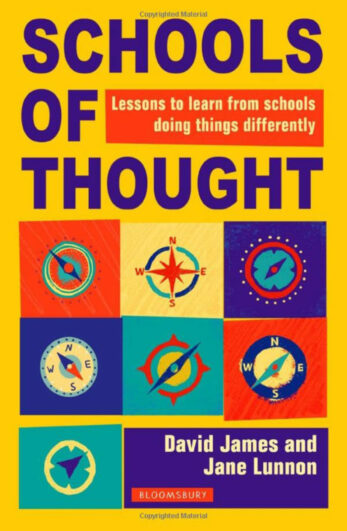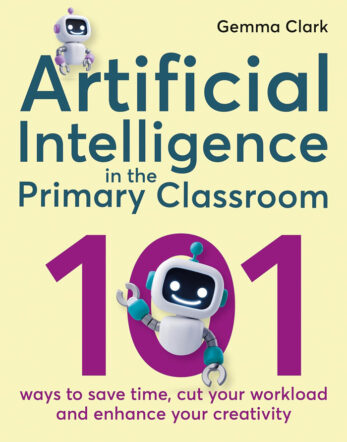This ambitious book says that it aims to evaluate the modern scope of secondary school selection in all its complexity.
To achieve this not inconsiderable task, the carefully edited publication contains contributions from more than 25 individuals who offer a wide range of perspectives on selection, They include Conservative and Labour politicians, academics, journalists and headteachers of both selective and non-selective institutions. The diversity makes for a well-balanced and insightful read, with arguments for and against selection given equal weighting to allow a fuller exploration of its merits and drawbacks.
The aspect given most prominence is, perhaps unsurprisingly, academic selection via the 11-plus. The arguments for and against grammar schools are well rehearsed and the book contains chapters from both proponents and opponents. Many chapters selectively draw upon evidence from studies conducted in the UK and international assessments such as PISA to either support or refute the benefits of academic selection. Although, as one contributor helpfully points out, “a succession of research studies over a period of more than 50 years has failed to produce a consensus on the selective versus comprehensive issue”. The arguments put forward are familiar, so anyone with an interest in the debates around grammar schools will not get a great deal of extra insight from these chapters.
As well as considering overt forms of academic selection, the book evaluates other more covert and less transparent forms such as selection by stealth or faith. I found this section more interesting, not least because it deals with issues applicable to all areas of the country as opposed to the limited number of areas containing grammars. With faith schools making up around one-third of all schools in England – and the number increasing – it is welcome that the book examines how they select their pupils.
The book also highlights the effect of current education policy, with one chapter exploring the consequences of the growth of academies and free schools, and the impact this can have on “selection by stealth”. For example, as academy and free schools are their own admissions bodies, they have the potential to introduce policies “that discourage some parents from either submitting an application in the first place, or making it difficult for them to maintain a place at a particular school”. In the context of an increasingly diverse and deregulated secondary school sector in England, the effects of covert selection in secondary schools are likely to become an increasingly pressing issue.
The book also offers ways to ameliorate or reduce the negative effects of selection – for example, through student banding to ensure more balanced intakes of students across schools or the use of lotteries to randomly allocate students to schools. The practical difficulties of these approaches are also identified, helping to explain why they have gained little traction.
The wide range of contributors is one of the book’s key strengths, but it does mean that some of the chapters have considerable overlap and cover similar material, particularly when it comes to discussing the historical context around grammar schools and the implications of the 1944 Education Act. One notable omission is a thorough critique of the 11-plus. It is alluded to in passing, but it would have been illuminating to have had a chapter evaluating the reliability and validity of the assessment and its fitness for purpose as an instrument for academic selection.
Despite these minor reservations, I would thoroughly recommend this book to anyone interested in selection. It is an engaging, accessible and thought-provoking evaluation that is likely to challenge your assumptions and opinions of the issues surrounding selection in secondary education.







Your thoughts